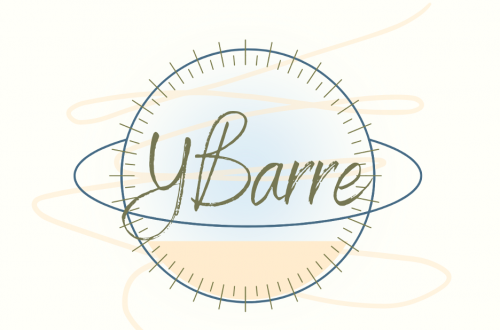Digging Deeper – What is Kundalini?
Kundalini is an ancient Sanskrit word that literally means “coiled snake.” In early Eastern religion (long before Buddhism and Hinduism) it was believed that each individual possessed a divine energy at the base of the spine. This is offen depicted as a serpent coiled up at the base of the spine. This serpent guards the entrance of sushumna nadi, the central energy channel of our bodies, keeping prana energy (our basic life force energy) from entering and ascending up through the center of the spine through the seven chakras.
The exact origin of Kundalini Yoga is unknown, but the earliest known mention dates to the sacred Vedic collection of writings known as the Upanishads (c. 1,000 B.C. – 500 B.C.). Reading through historical works would indicate that Kundalini was a science of energy and spiritual philosophy and was around long before its physical practices were developed. In yoga, we can think of this as two paths towards bliss or samadhi. The classical path is through stilling the fluctuations of mind or yogas chitta vritti nirodha and breath through inner focus, concentration, and meditation. The tantric path (of which kundalini is part and will dig deeper on that later) is to uncoil the serpent, releasing kundalni to rise up the shushumna nadi through all seven chakras to unite Shakti with Shiva (divine feminine and masculine).
“The primary objective [of Kundalini] is to awaken the full potential of human awareness in each individual; that is, recognize our awareness, refine that awareness, and expand that awareness to our unlimited Self. Clear any inner duality, create the power to deeply listen, cultivate inner stillness, and prosper and deliver excellence in all that we do.” –Kundalini Research Institute
Kundalini is different from other ancient religious philosophies in that it does not have a bunch of strict rules or dogmas. By design, the practice calls for each individual to find their own personal meaning. Looking to dive a little deeper, join us this February 2020 when we kick of BPY’s next 200 Hour Yoga Teacher Training.





